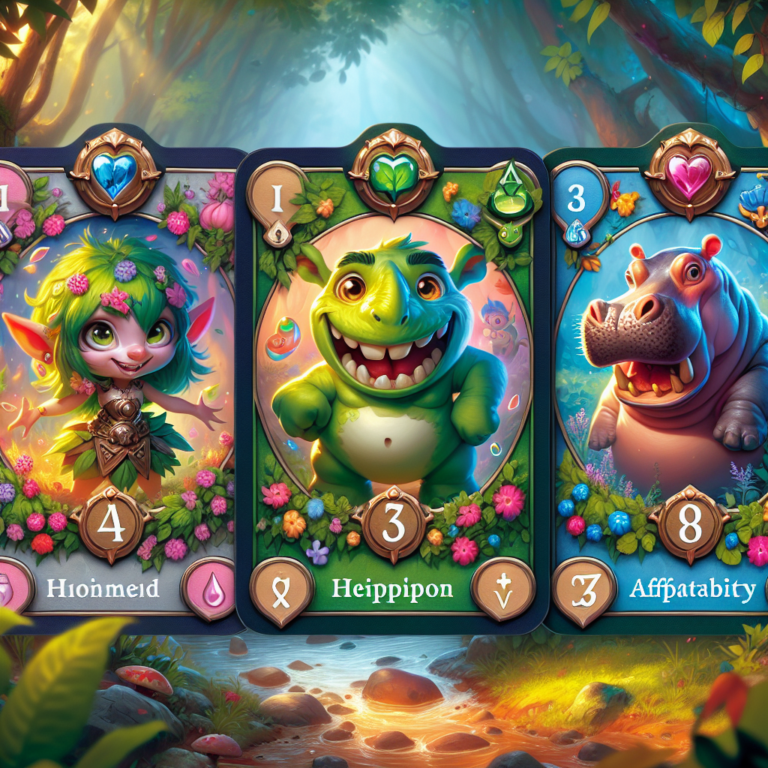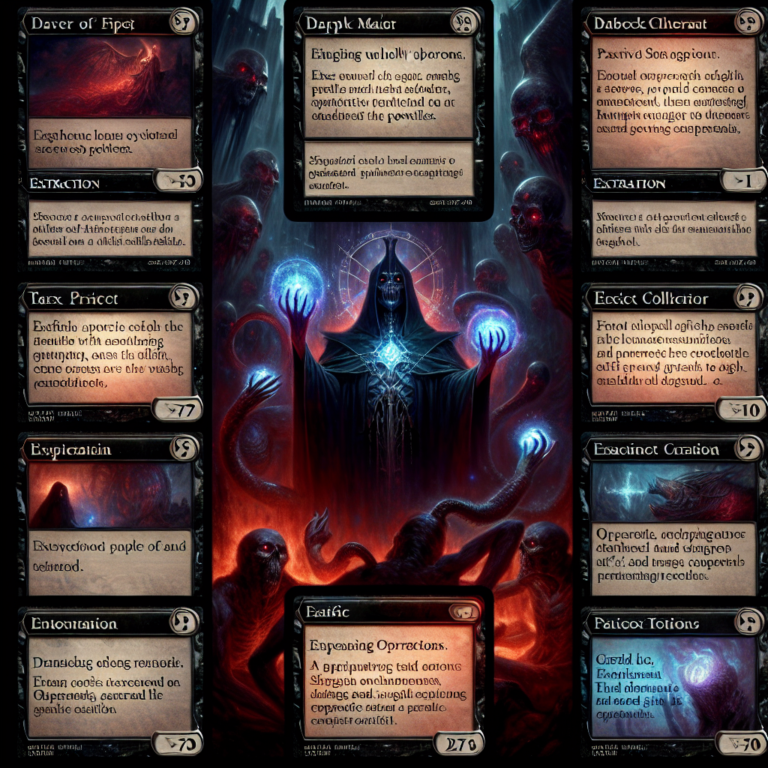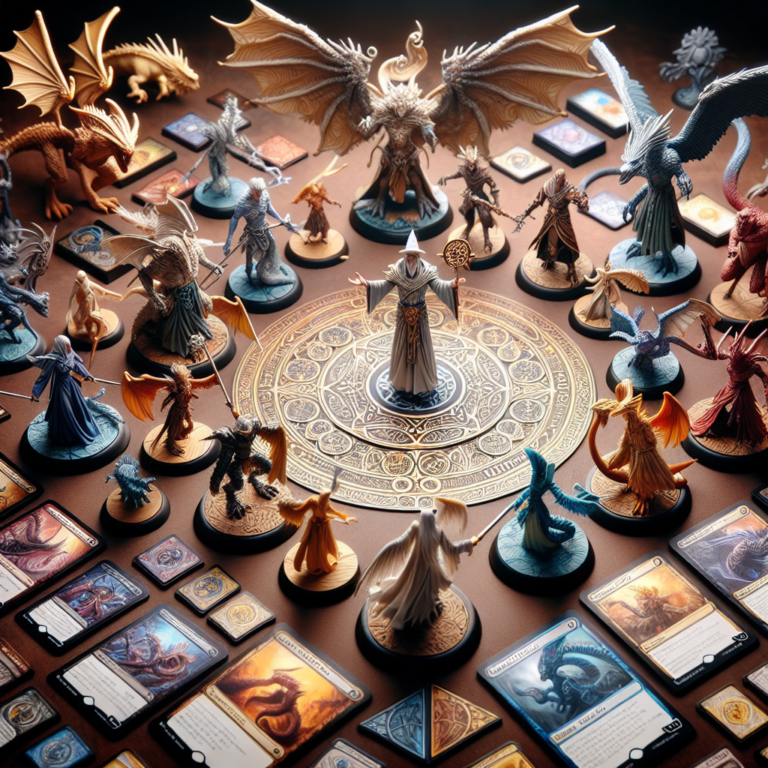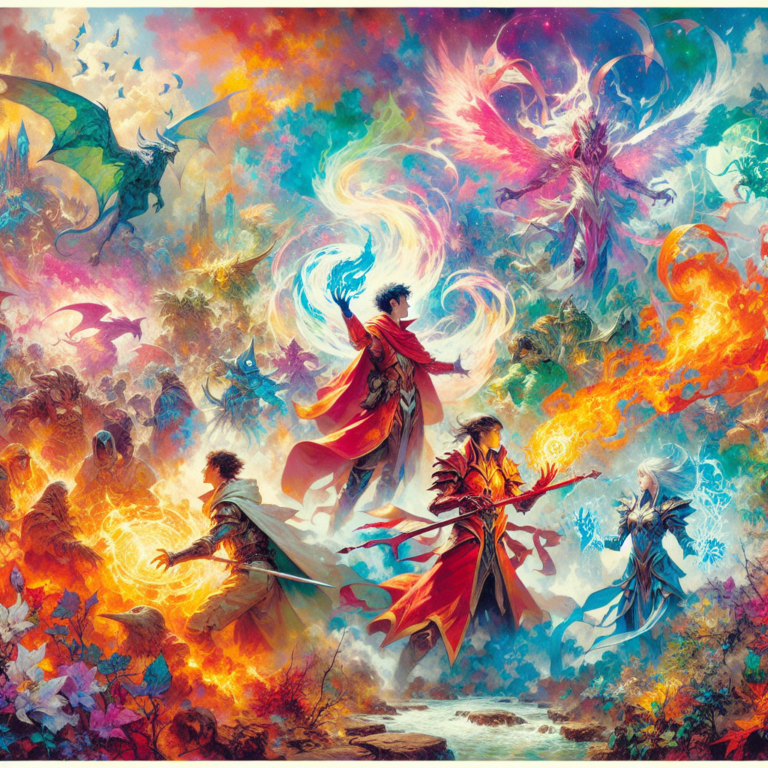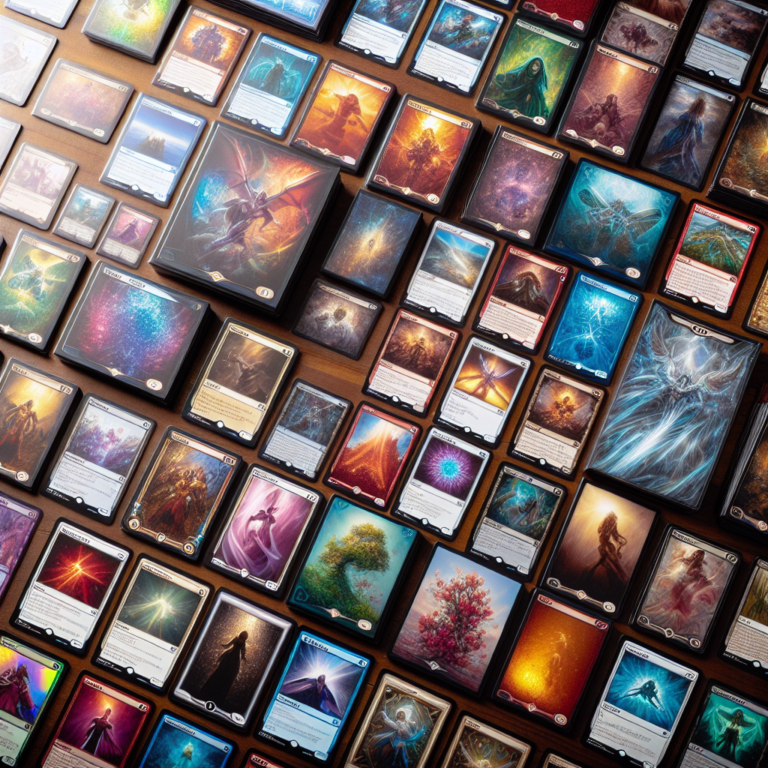Dual Lands in MTG: Optimize Your Deck with KrakenTheMeta
When it comes to building a competitive deck in Magic: The Gathering (MTG), one of the most critical elements is the mana base. Dual lands, which produce two different colors of mana, are indispensable for multi-color decks. In this guide, we’ll explore the various types of dual lands, their strategic uses, and how you can leverage KrakenTheMeta’s tools to optimize your decks.
Types of Dual Lands
Dual lands come in a variety of types, each with its own unique properties. Understanding these different types can help you make informed decisions when building your mana base.
Original Dual Lands
The original dual lands, introduced in Alpha and Beta, are among the most powerful and sought-after. These lands can produce two different colors of mana and come into play without any drawbacks. Because of their power, they are on the Reserved List, making them both rare and expensive.
- Underground Sea (Blue-Black)
- Tundra (White-Blue)
- Scrubland (White-Black)
- Badlands (Black-Red)
- Volcanic Island (Blue-Red)
- Bayou (Black-Green)
- Taiga (Red-Green)
- Savannah (White-Green)
- Tropical Island (Blue-Green)
- Plateau (Red-White)
Shocklands
Shocklands, first introduced in the original Ravnica block, are essential for many multi-color decks. These lands can tap for two colors of mana and can enter the battlefield untapped if you pay 2 life. They are named “shocklands” because paying 2 life mimics the damage dealt by the card Shock.
- Blood Crypt (Black-Red)
- Breeding Pool (Blue-Green)
- Godless Shrine (White-Black)
- Hallowed Fountain (White-Blue)
- Sacred Foundry (Red-White)
- Steam Vents (Blue-Red)
- Stomping Ground (Red-Green)
- Temple Garden (White-Green)
- Overgrown Tomb (Black-Green)
- Watery Grave (Blue-Black)
Fetchlands
Fetchlands, which can search for a specific type of land, including dual lands, are vital for mana consistency. While not dual lands themselves, fetchlands can fetch shocklands or original dual lands, making them an essential part of many decks.
- Flooded Strand (fetches Plains or Island)
- Polluted Delta (fetches Island or Swamp)
- Bloodstained Mire (fetches Swamp or Mountain)
- Wooded Foothills (fetches Mountain or Forest)
- Windswept Heath (fetches Forest or Plains)
- Misty Rainforest (fetches Forest or Island)
- Scalding Tarn (fetches Island or Mountain)
- Marsh Flats (fetches Plains or Swamp)
- Verdant Catacombs (fetches Swamp or Forest)
- Arid Mesa (fetches Mountain or Plains)
Checklands
Checklands are lands that enter the battlefield tapped unless you control a land of one of the specified basic land types. They are efficient and synergize well with original dual lands and shocklands.
- Clifftop Retreat (Red-White)
- Dragon’s Skull Summit (Black-Red)
- Drowned Catacomb (Blue-Black)
- Glacial Fortress (White-Blue)
- Hinterland Harbor (Blue-Green)
- Isolated Chapel (White-Black)
- Rootbound Crag (Red-Green)
- Sunpetal Grove (White-Green)
- Woodland Cemetery (Black-Green)
- Sulfur Falls (Blue-Red)
Strategies for Using Dual Lands
Using dual lands effectively is all about managing resources and ensuring you can always play your spells. Here are some strategies to consider:
Balancing Colors
Ensure you have the right balance of colors for your spells. This often involves using a combination of dual lands and basic lands to avoid getting color-screwed.
Minimizing Drawbacks
Think about the drawbacks of different dual lands. For example, shocklands can come in untapped for a price, while checklands require other specific lands to be untapped. Plan your plays to minimize these drawbacks.
Maximizing Potential with Fetchlands
Using fetchlands to search for the dual lands you need can hugely improve your mana base’s flexibility and reliability. This is especially useful in three-color or more decks.
Optimizing Your Deck with KrakenTheMeta
KrakenTheMeta is a powerful tool for MTG enthusiasts looking to optimize their decks. Here’s how you can use its features to enhance your usage of dual lands:
Deck Building Tool
KrakenTheMeta’s comprehensive deck builder allows you to add and organize cards easily. Use the deck composition analysis to ensure your mana base is balanced, helping you determine the optimal number of dual lands.
Card Database Access
Access an extensive database of MTG cards with up-to-date information on new sets and card printings. This can help you stay informed about the latest dual lands and their potential uses.
Analytics and Statistics
View detailed analytics and statistics of your decks. Use these tools for performance analysis to see how well your dual land configuration performs in different scenarios.
Community Features
Share your decks with the KrakenTheMeta community and get feedback. Engage in discussions about the best dual land configurations and strategies.
Conclusion
Understanding and effectively using dual lands in Magic: The Gathering can significantly improve your deck’s performance. From the original dual lands and shocklands to fetchlands and checklands, each type has its unique advantages. Leveraging tools like KrakenTheMeta can help you optimize your mana base, ensuring you have the right lands to play your spells when you need them. Happy deck building!


